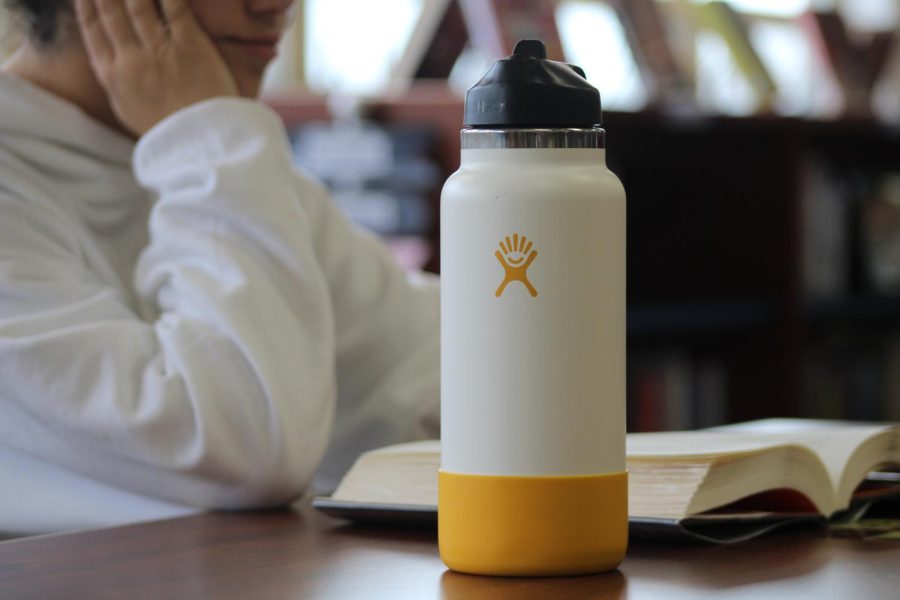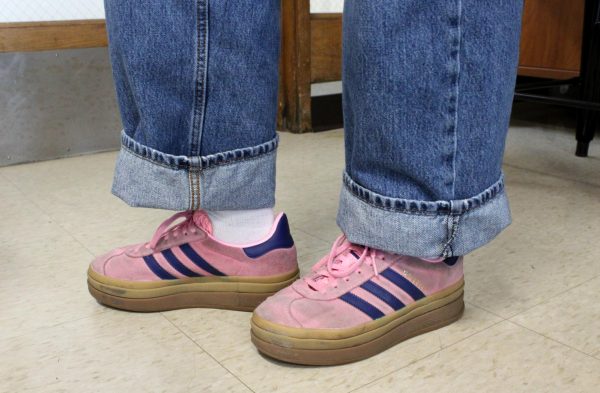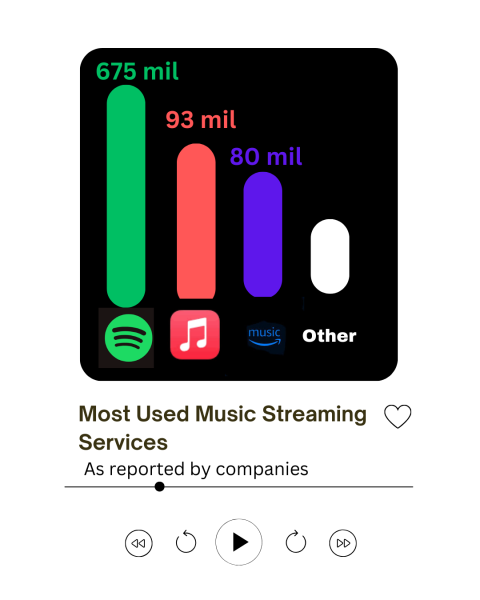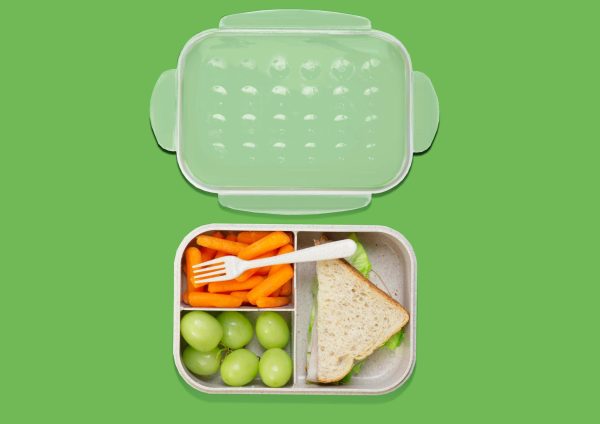Bottled Water: Portable, Potable, or Potent?
When I look at people around me, I see them drinking water from plastic bottles. What they don’t realize is that the same companies that sell soft drinks have their own bottled water brands. When I first heard of this, I was confused – why would they provide a healthier alternative to their product? I concluded that bottled water may be a good short-term solution, but they cause more harm than good in the long run.
There is a plethora of overpriced water bottles that had all sorts of unnecessary ingredients in them like flavoring, food coloring, and information about pH levels (drinking “pH balanced water” does not affect your internal body’s pH). These companies are defeating the whole purpose of water; water should be a healthy, non-caloric, tasteless, and most importantly, plain drink.
Purchasing bottled water is wasteful both for the environment and your wallet. Bottled water is just water that has been filtered and put into a plastic container – and it costs a whopping $1.50 at the vending machine. On average, a person uses about 4 plastic water bottles, which (assuming they purchase the same brand every time) amounts to about $6 per day.
Plastic bottles are also detrimental to the environment. A study conducted by the International Bottled Water Association found that North American companies use 1.39 liters of water to make one liter of bottled water.
According to the Pacific Institute, approximately 17 million barrels of oil are used to produce plastic bottled water for annual American consumption – however, bottled water is 300 times more expensive than tap water, at an average cost of $1.22 per gallon. It’s silly to pay $1.50 for water that has been filtered and put in a plastic bottle.
Additionally, people have the misconception that bottled water is healthier or cleaner than tap water when this is simply not true. When I sit down at the cafeteria or even at a class table, I see many people with bottles of SmartWater, Fiji, Bai, Core, and many other brands of bottled water. I even see people with “alkaline water” which claims to be healthier than normal tap water.
However, the healthiness of “alkaline water” and “pH balanced/ionized water” is not supported by much evidence and can be safely written off as a way to charge an extra two dollars (a 12-pack of ionized/alkaline water costs about $40).
According to the Mayo Clinic, alkaline water is unlikely to provide any sort of benefit for the average individual. It is not recommended for individuals that are over 60 years of age and can have adverse effects if taken with certain medications.
Also, since microplastics take centuries to fully decompose, they can accumulate in our organs when ingested, lowering the quality of bottled water.
Another reason why plastic bottles are inferior to reusable bottles can be seen by taking a look at the nearest recycling bin. National Geographic states that for every six water bottles Americans use, only one makes it to the recycling bin. This pales in comparison to reusable water bottles, which are mostly made up of metals such as aluminum and stainless steel. The nonprofit organization Oceana found that over 40% of the plastic from water bottles ended up in landfills and less than 10% was recycled into new water bottles.
With the purchase of a reusable water bottle, on the other hand, much more money will be saved long-term and you will be contributing towards a cleaner environment.
Reusable water bottles, on the other hand, are more durable, can be cleaned easily, are long-lasting, and are worth the investment. I have a stainless-steel reusable water bottle that can insulate my beverage much better than a plastic bottle. While my bottle costs around $20, it will make up for its cost through its durability and usefulness.
So, don’t fall for the hype of plastic water bottle brands. Choose the more economical, environmentally friendly option: Reusable water bottles.











